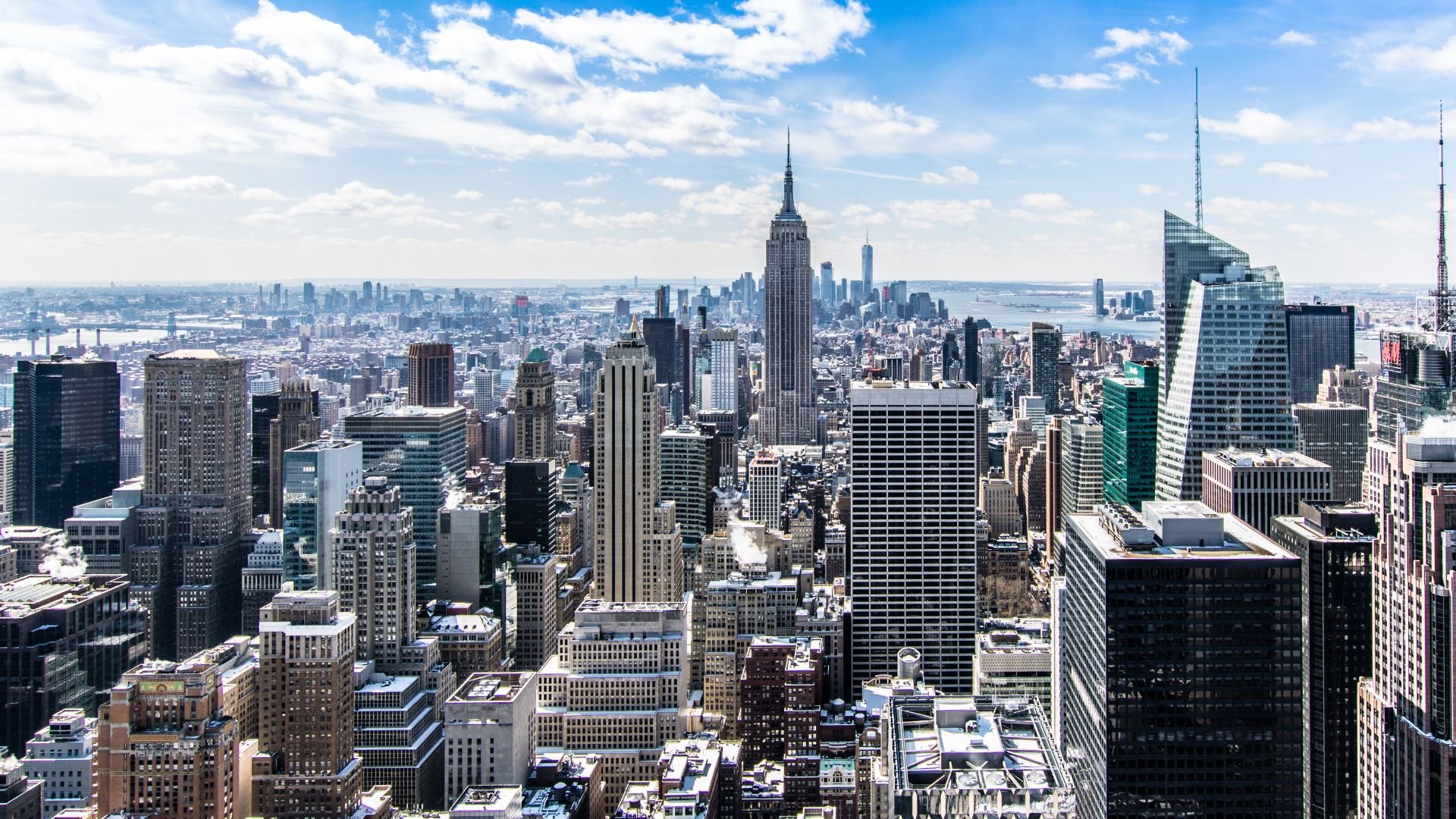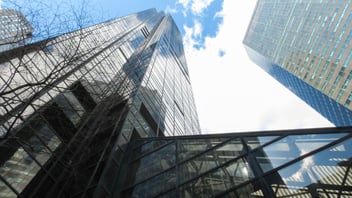FAQs About Local Law 97 Compliance in New York

Did you know that nearly 70% of New York City’s carbon emissions come from the fossil fuels used to heat, cool, and power buildings? Well, the Department of Buildings does and has officially enacted a plan to reduce citywide greenhouse gas emissions. These buildings located in NYC make up 40% of New York State’s carbon footprint. That’s a lot of ground to cover, and if New York City is going to meet its larger 2050 carbon neutrality goal, it must do it fast.
What Is Local Law 97?
The plan is called Local Law 97 (LL97) and was enacted in 2019 as part of the Climate Mobilization Act (CMA). LL97 serves as the centerpiece of the CMA and is the largest building emissions reduction legislation in any city in the world. Implementation of the law started in January this year and requires approximately 50,000 large buildings to cut carbon emissions by 40% by 2030. Ultimately, the goal is to cut 100% of carbon emissions by 2050.
Who Does It Impact?
LL97 requirements for compliance focus on a wide range of building types, including residential and commercial buildings, i.e., multifamily housing developments and hospitals. According to the City of New York website, there are also more than 1,000 other buildings with industrial or manufacturing uses that will need to cut carbon emissions to comply with LL97. Your building will be impacted by LL97 if it falls under the following criteria:
- Buildings over 25,000 gross square feet.
- Two or more buildings on the same tax lot that together are over 50,000 gross square feet.
- Two or more buildings owned by a condo association that is governed by the same board of managers and that exceed 50,000 gross square feet.
The rules aren’t limited to just private spaces. City government buildings are required to meet even stricter limits than their private-sector counterparts: a 50% reduction in carbon emissions is expected from all city government operations by 2030, with an additional interim reduction of 40% by 2025.
What are the Requirements?
LL97 requires most privately owned large buildings over 25,000 square feet to meet new carbon emissions limits by 2024 to avoid fines in 2025. The limits will only get stricter by 2030 and the subsequent years. So, what are the fines? NYC Accelerator says, “…buildings that exceed annual emissions limits will face an annual financial penalty of $268 per ton of CO2 equivalent over the limit based on 2024 energy usage and emissions.”
If your building falls under LL97, you are required to report to the Department of Buildings by May 1, 2025, detailing your building’s annual carbon emissions and then again by May 1st of every year afterward. The report must be certified by a registered design professional.
What Can You Do?
The best way to reduce carbon emissions for your building is to increase its energy efficiency or add on-site distributed energy generation to your property. Resources like battery energy storage, demand response, cogeneration, and Connected Microgrid® solutions can significantly reduce greenhouse gas emissions and increase your cost savings.
For more information on LL97, check out this brief from the NYC Mayor’s Office on Climate and Sustainability on the Climate Mobilization Act. Instead of worrying about what will happen next, contact one of our Energy Experts today to learn how Catalyst Power can help you act now.



